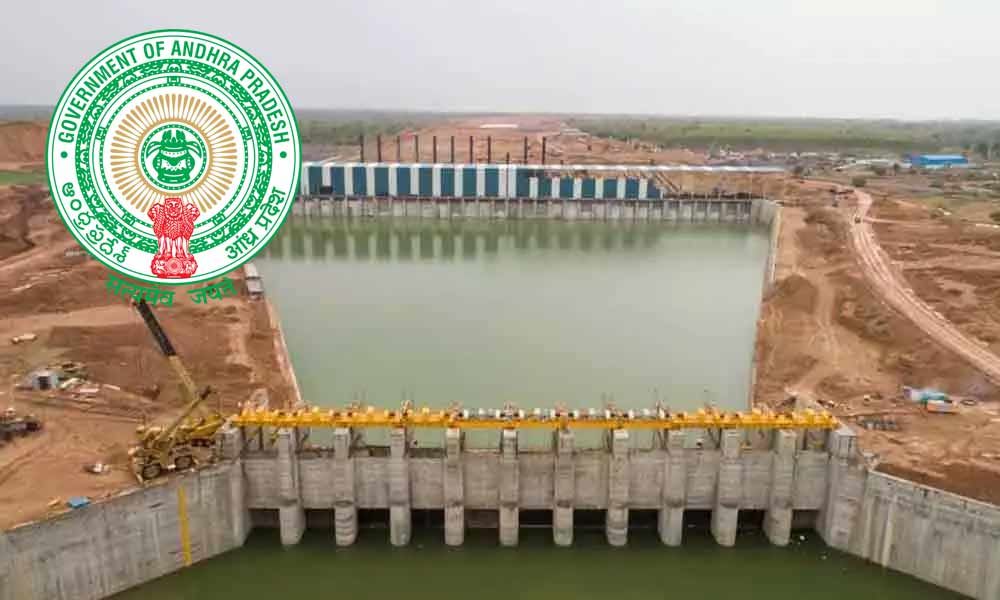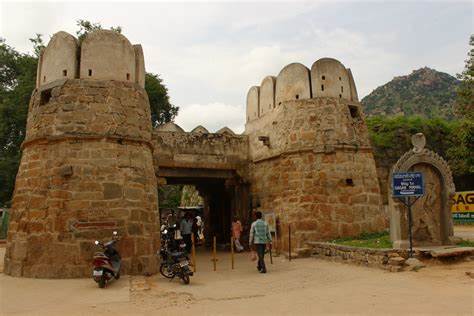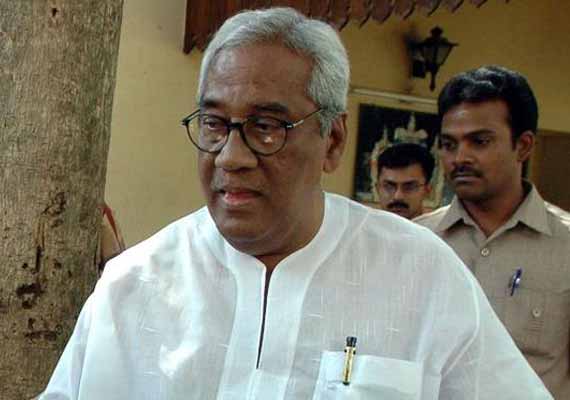Rayalaseema Lift Irrigation Scheme
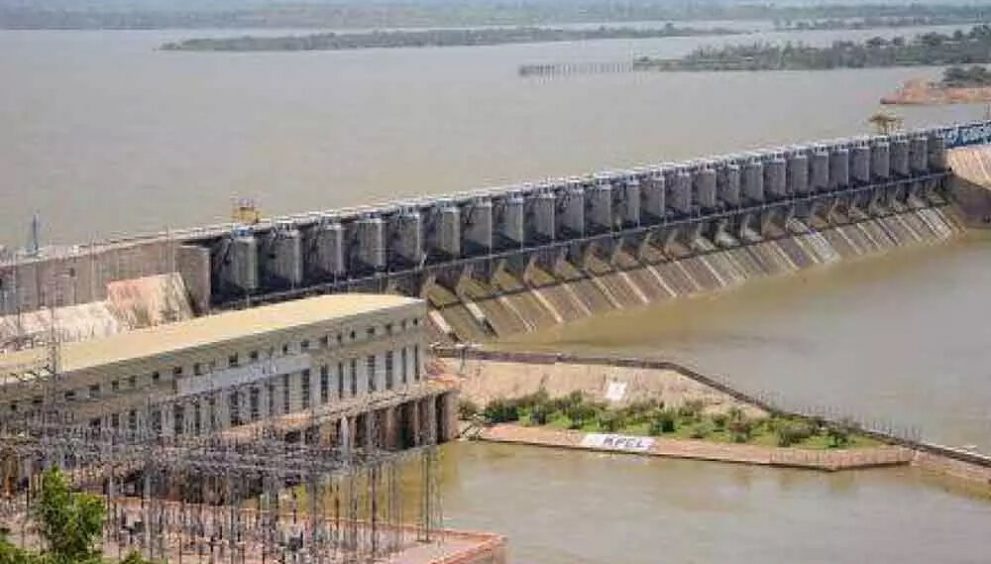
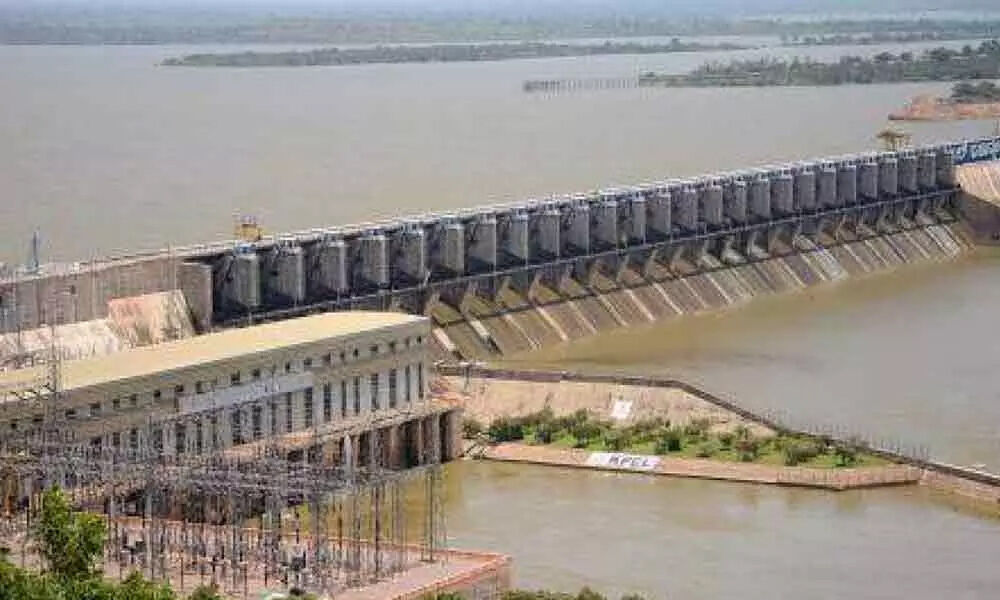
Objective:
The primary objective of the Rayalaseema Lift Irrigation Scheme is to provide a reliable and sustainable source of water for irrigation and drinking purposes to the arid and water-deficient Rayalaseema region.
Location:
The scheme is located in the Rayalaseema region of Andhra Pradesh, which comprises four districts: Anantapur, Chittoor, Kadapa (formerly Cuddapah), and Kurnool.
Components:
The project involves the construction of reservoirs, canals, pump houses, and pipelines to lift and transport water from the Srisailam Reservoir, which is located on the Krishna River, to the Rayalaseema region.
Water Source:
The primary water source for the scheme is the Krishna River, one of the major rivers in southern India. Water from the Srisailam Reservoir, located upstream on the Krishna River, is lifted and transported to the Rayalaseema region.
Water Distribution:
Once the water is lifted, it is distributed through a network of canals and pipelines to provide irrigation to agricultural lands in Rayalaseema. This infrastructure allows for the cultivation of crops in areas that were previously dependent on rainfall and faced water scarcity issues.
Beneficiaries:
The Rayalaseema Lift Irrigation Scheme is expected to benefit farmers in the Rayalaseema region by providing them with a regular and dependable source of water for agriculture. It also aims to address the drinking water needs of the local population.
Challenges and Controversies:
The project has faced its share of controversies, including concerns about its environmental impact and water-sharing disputes with neighboring states. The reallocation of water resources and potential ecological consequences have been subjects of debate.
Implementation and Progress:
The Rayalaseema Lift Irrigation Scheme is a massive and ongoing project that has been implemented in phases. It involves significant engineering and construction work, including the installation of pumps, pipelines, and canal systems.
Impact:
Once fully operational, the scheme is expected to significantly enhance agricultural productivity in the Rayalaseema region, improve the livelihoods of farmers, and provide a more stable source of drinking water.
